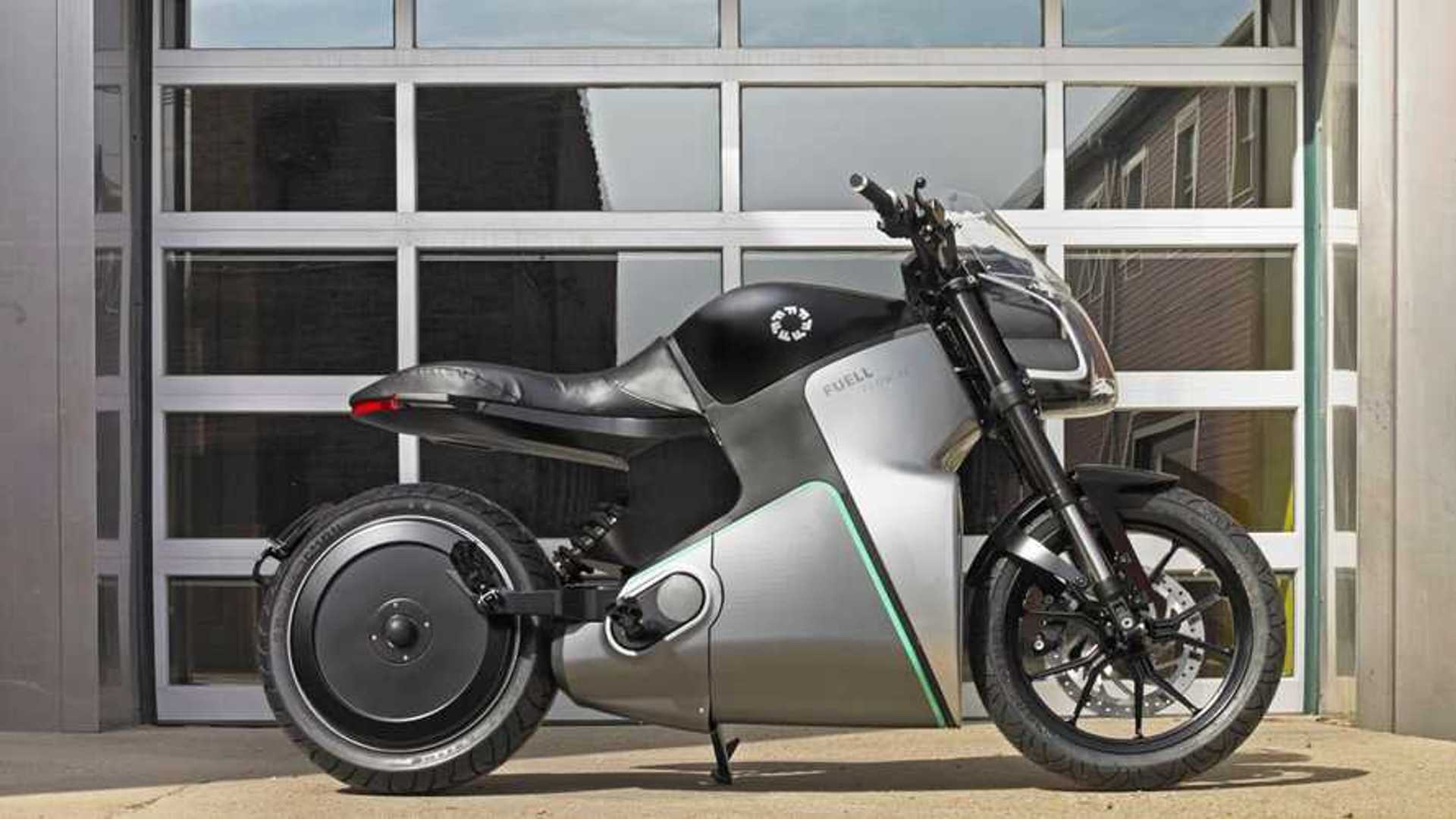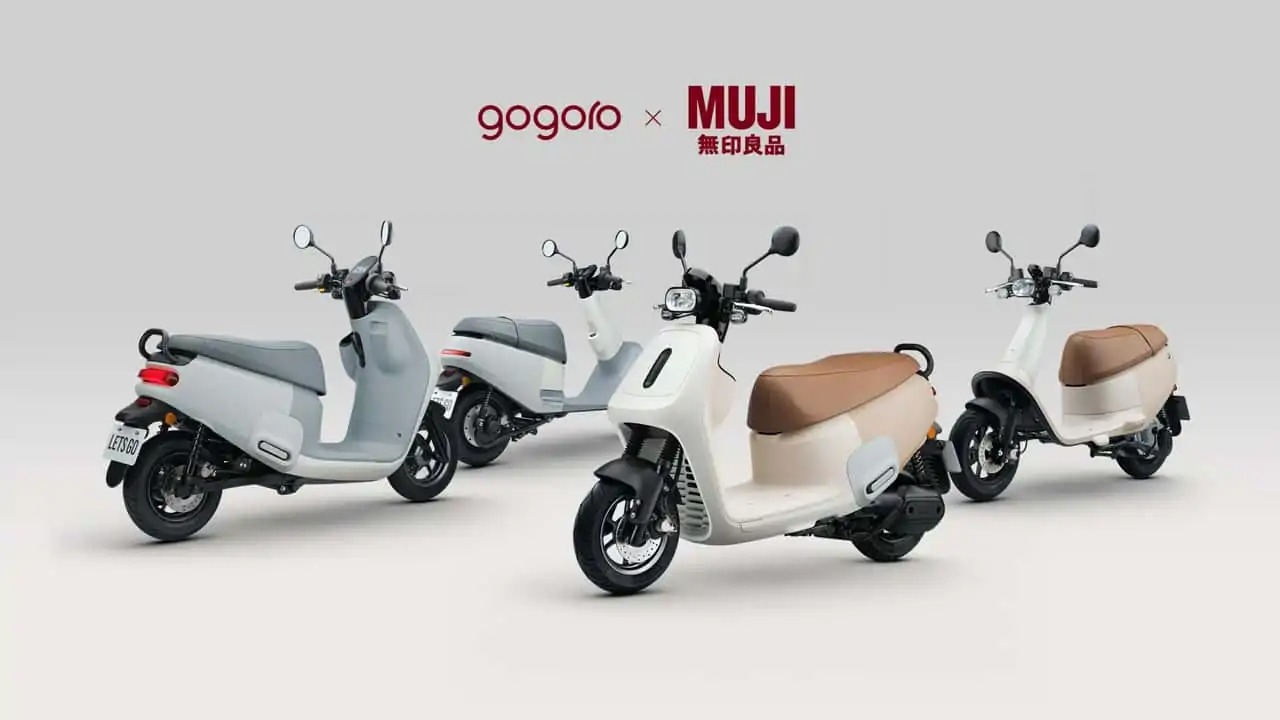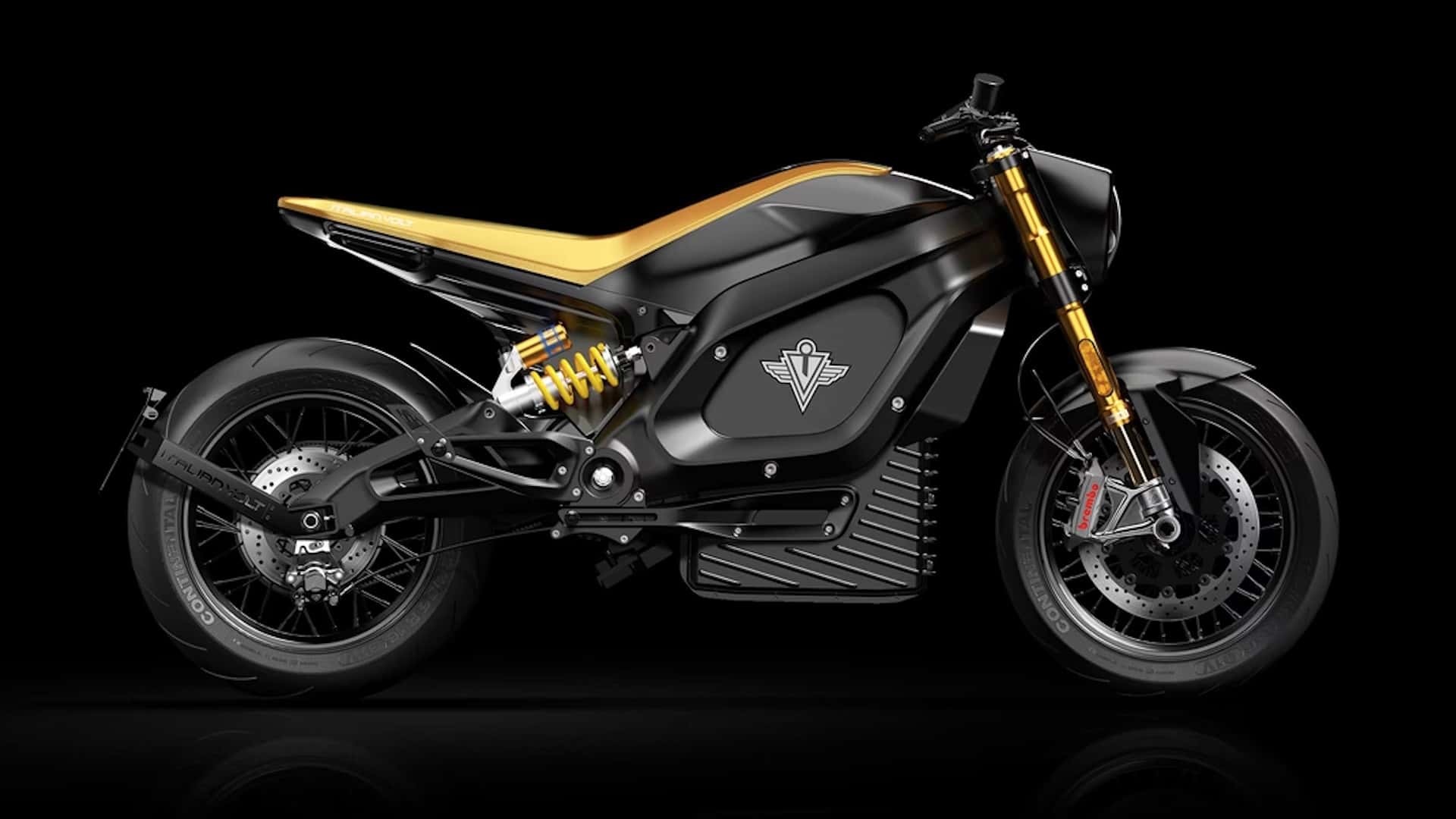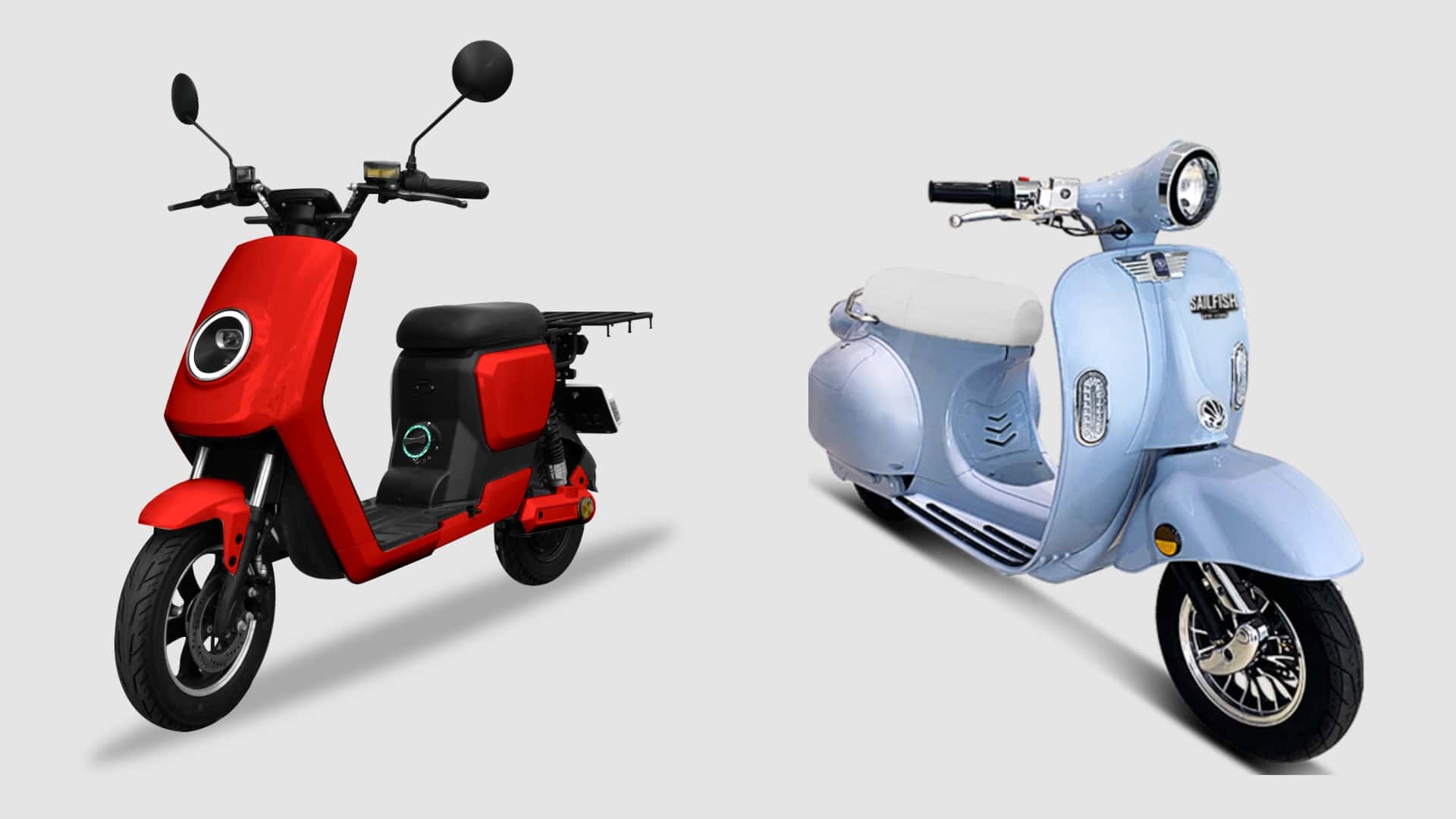Following their announcement at the 2022 EICMA Milan Motorcycle Show, Kawasaki’s two electric motorcycle models, the Ninja e-1 and Z e-1, are making strides towards their market debut. Recent reports reveal that the bikes have begun the homologation process in Australia, signifying progress towards their commercialization.
The electric motorcycles bear resemblance to their conventional gasoline-powered counterparts, the Ninja 400 and Z400, in terms of bodywork. However, their wheels and brakes appear to be similar to those of the slightly less powerful Ninja 300 and Z300.
Initial announcements had indicated that the bikes would boast a power output of 11 kW (14.75 hp). However, the homologation filings for the Australian version now list the power at 9 kW (12 hp), raising questions about their performance capabilities.
According to the filed documents, the Z e-1 model is listed with a weight of 135 kg (298 lb.), while the Ninja e-1 is slightly heavier at 140 kg (309 lb.). However, it remains unclear if these weights account for the two removable batteries, which Kawasaki had previously stated would power the bikes. The company had disclosed that two 12 kg (26 lb.) batteries would be used, offering a combined capacity of 3 kWh.
Given the relatively small battery size, these electric motorcycles may have limitations in terms of city range and top speeds. This could present a potential challenge for the bikes’ competitiveness in the market.
Notably, this venture marks Kawasaki’s foray into the mass market of electric street bikes, a realm in which Japanese motorcycle companies have historically been slower to progress compared to American and Italian counterparts. While American companies like Zero Motorcycles and Harley-Davidson’s LiveWire have been selling electric motorcycles for years, and Italian manufacturer Energica has also established itself in the market, Japanese companies have primarily focused on smaller electric scooters.
The discrepancy in battery capacity between the 3 kWh Kawasaki bikes and their American and Italian rivals, which often feature batteries of at least 14 kWh, may pose challenges for the Japanese manufacturer in terms of performance and range. As the market continues to evolve, the success of these electric street bikes will largely depend on their ability to compete effectively with established competitors.







